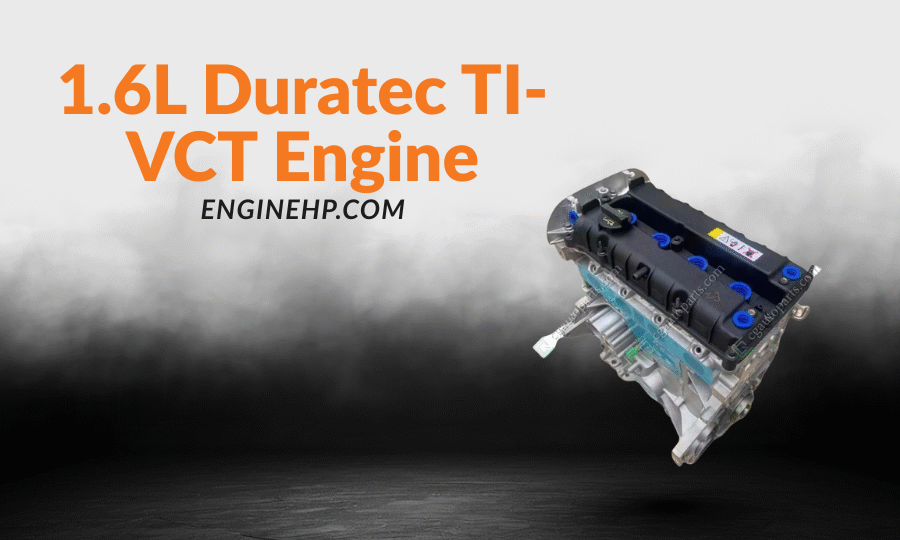
Ford Engines: 1.6L Duratec TI-VCT Engine Hp, Reliability, and Performance
In the category of reliability in small displacement engines, the 1.6L Duratec TI-VCT of Ford has its own share in the history. This engine is renowned to balance performance, efficiency, and general road-goings with ease, and it has powered millions of vehicles all over the world. It has become the staple of a global Ford line-up, serving as an all-purpose machine to city commuters and family cars.
What is it about it that makes it everlasting and how does it match up with other classics like the M40B16 Engine? Now we are able to get into the depths of its narrative.
The Duratec Legacy: A Quick History
Ford made the Duratec brand in the 1990s which at the time applied to V6 engines. As time progressed, the family was expanded to cover a vastly great variety of four cylinder engines targeting small and middle-sized vehicles.
The 1.6L Duratec TI-VCT was one of the magnets of the same and doing the best in the industry in Europe and Asia. It was used to replace older Zetec engines carrying more advanced technologies in order to meet the tighter fuel economy and emissions regulations.
In the mid-2000s, the 1.6L Duratec was used as the baseline engine of the Ford Fiesta and Focus; in these applications it acquired its reputation as a solid, reliable daily-driver engine.
What Is TI-VCT Technology?
The word TI-VCT is what makes it different. It is short for Twin Independent Variable Camshaft Timing that gives two options of adjusting both intake and exhaust camshaft timings.
Benefits include:
- Improved Low-End Torque: City or quick-offs.
- Increased Fuel Economy: Modifies the valve overlap in cruising mode.
- Cleaner Emissions: Euro 5 and Euro 6 compliant.
It is like a smart fitness coach that modifies your training sessions- fast when it comes to your sprints, slow when it comes to your jogging. It is also not about force, but flexibility.
Specifications at a Glance
The typical power of the engine:
| Manufacturer | Bridgend Engine |
| Production years | 2004-2019 |
| Cylinder block material | Aluminum |
| Cylinder head material | Aluminum |
| Fuel type | Gasoline |
| Fuel system | Electronic fuel injection |
| Configuration | Inline |
| Number of cylinders | 4 |
| Valves per cylinder | 4 |
| Valvetrain layout | DOHC |
| Bore, mm | 79 |
| Stroke, mm | 81.4 |
| Displacement, cc | 1596 |
| Type of internal combustion engine | Four-stroke, naturally aspirated |
| Compression Ratio | 11 |
| Power, hp | 115/6000 |
| Torque, lb ft | 114/4150 |
| Engine weight | |
| Firing order | 1-3-4-2 |
| Engine oil capacity, liter | 4.1 |
| Engine oil weight | 5W-20, 5W-30 |
| Oil recommendations and capacity may vary depending on the car model, year, and market. Please check the service manual specific to your vehicle! | |
| Oil change interval, mile | 6000 |
| Cars with this engine | Ford C-Max, Ford Focus Mk II, Ford Mondeo Mk IV |
In a compact car, these figures are more than adequate because the engine is a naturally aspirated one.
Cars That Use the 1.6L Duratec TI-VCT
This engine was fitted to a host of Ford vehicles, all over the world:
Ford Fiesta- A lightweight urban vehicle whose engine is enthusiastic
- Ford Focus: Compact car with lots of useful daily driving features
- Ford C-MAX: A family-friendly MPV with assured profitability.
- Ford Mondeo (select trim): base model with appeals to value-seekers.
- Ford EcoSport (early models): Compact SUV variant.
Because the engine was so versatile, the engine could be implemented into hatchbacks, sedans, MPVs, and crossovers, creating a truly global workhorse.
Driving Experience: Real-World Feel
Numbers are one thing but how does the 1.6L Duratec TI-VCT perform on the road?
- City Use: The throttle is sensitive and responsive and the low-end torque will ease you in the city traffic.
- Driving: You can comfortably cruise at 70 mph and acceleration is effortless although overaking needs planning as compared to turbo powered engines.
- In the Countryside: The naturally aspirated design gives a linear predictable power band- this is favored by drivers because all the gears are effortless.
And if you have ever driven a Ford Fiesta with this engine you can attest that it is a fun, lively and more peppy little car than you might expect by the engine numbers.
Why Buyers Loved It
To ordinary buyers of cars, this kind of engine was an answer to all the right questions:
Easy Repair Costs – Easy design also resulted in lower repair costs
- Fuel Efficient: Ideal where distance and distance travelled is a concern among commuters and students.
- Dependable Reputation: Far more owners report more than 150,000 miles with regular maintenance.
- Manageable Power: No excessive power where you can not use it day to day.
This type of engine was one that you could pass down to your children without them having to worry about it breaking down–it just kept running.
Business Perspective: Why Ford Built It
Ford viewed the 1.6L Duratec TI-VCT not as an engine so much as a strategy.
- Compliance: The development is geared towards meeting tighter emission standards the world over.
- Cost Effectiveness: Components used across various vehicle lines.
- Market Reach: Marketed to cost-conscious customers in Europe, Asia and South America.
- Brand Trust: Has created Ford as a company that manufactures engines that are both economical and super-fast.
This plan is just like BMW with M40B16 Engine in the 1990s; not fancy, not very complicated and right at home in low-end models that would sell in large numbers.
Comparison: Duratec TI-VCT vs M40B16 Engine
| Feature | 1.6L Duratec TI-VCT | M40B16 Engine (BMW) |
| Displacement | 1.6L | 1.6L |
| Cylinders | 4 | 4 |
| Technology | TI-VCT (variable timing) | SOHC, simpler design |
| Horsepower | 100–125 hp | ~102 hp |
| Torque | ~110 lb-ft | ~107 lb-ft |
| Fuel Economy | ~42 mpg (Europe) | ~35 mpg (1990s figures) |
| Era | 2008–2020 | 1989–1994 |
Both engines shaped the epochs Both engines framed their times. BMW M40B16 Engine was an easy and trustful motor of the first half of the 90s. Duratect TI-VCT, in turn, embraced some of the more intelligent technology to respond to the realities of the 2010s.
Reliability: Strengths and Weak Points
Strengths
- Reliability: They are extremely reliable and some last up to 200,000 miles with routine service.
- Simplicity: less complex components as compared to turbo-powered engines.
- Smoothness: TI-VCT increases drivability on varied speeds.
Weaknesses
- Timing Belt: It requires replacement after each ~100,000 miles.
- Oil Consumption: High-mileage units may have an increased oil consumption.
- Performance Ceiling: May not be suitable to people interested in sporty performance.
Nevertheless, it is a predictable low-stress motor that works effectively to most owners.
Tuning and Aftermarket Potential
Not intended to be a performance engine, enthusiasts have nevertheless experimented with optimization:
- Ecu remaps: slight performance that makes throttle response sharper.
- Intake & Exhaust Mods: Enhance air ingestion and introduce your ride to a friendlier roar.
- Suspension/Chassis Mod: This engine can be found quite regularly in sporty variants of Fiestas.
You can not expect seismic increases in horsepower like a turbocharged EcoBoost, however, there are minor modifications that can improve its character.
Buyer’s Guide: What to Look for in Used Models
When buying a vehicle that is fitted with the 1.6L Duratec TI-VCT, remember the following:
Service Records: Timing belts should have been changed.
- Listen to Rattles: Rattling idling is an indication of worn VCT solenoids.
- Check Oil Levels: Engines that are not maintained well can end up burning too much oil.
- Drive Responsiveness: The linearity of the power delivery is a positive indicator.
A used engine of this type is also one of the most cost-efficient on the used market.
Buyer’s Guide: What to Look for in Used Models
Although its place has been taken by Eco Boost more recent motors, the 1.6L Duratec TI-VCT continues to have some commercial value:
Sales of Used Cars: Used Fords with this engine are an affordable brand that continues to sell all over the world.
- Repair Industry: Repair shops are busy due to a high demand of parts.
- Fleet Use: There are still many older fleets that use it because of its durability.
This is an engine which continues to bring revenues to small dealerships and stand-alone garages.
FAQ
1. Is the 1.6L Duratec TI-VCT reliable?
With adequate maintenance, it is capable of more than 150,000-200,000 miles.
2. Does it use a timing chain or belt?
It employs a timing belt, which has to be changed approximately at 100,000 miles.
3. What cars use this engine?
The Ford Fiesta, Focus, C-MAX, Mondeo and early EcoSport models.
4. How does it compare to the M40B16 Engine?
Both are dependable entry level 1.6L engines of their times but it is at the advantage of the Duratec TI-VCT when it comes to fuel efficiency and variable valve timing.
5. Is it good for long-distance driving?
Well, it is very comfortable on highways, but not the most powerful to overtake.
Conclusion: A Trusted Companion
The 1.6L Duratec TI-VCT powerplant will not make you turn heads with speed, however, it will win your heart over through reliability, low cost, and smooth everyday travel. It is the kind of engine that completes its mission without fuss–either in an urban hatchback or a family MPV.
On the buyer’s side, it will remain an inexpensive and reliable one. In the used car and repair markets, it continues to be a lucrative business to the companies. And history has borne its place beside the likes of the Engine M40B16 Engines in high balance can withstand time as compared to the sheer power.
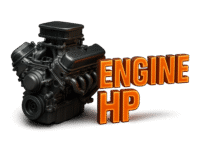

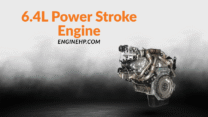
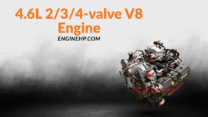
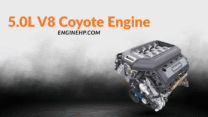
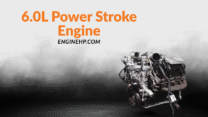
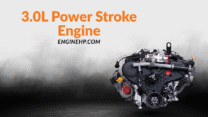
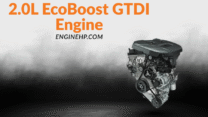
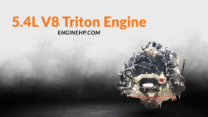
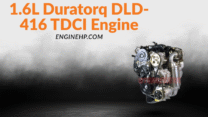
Leave a Reply